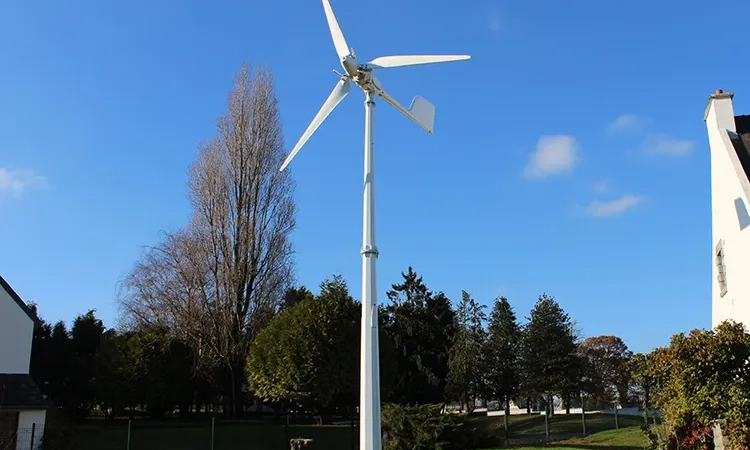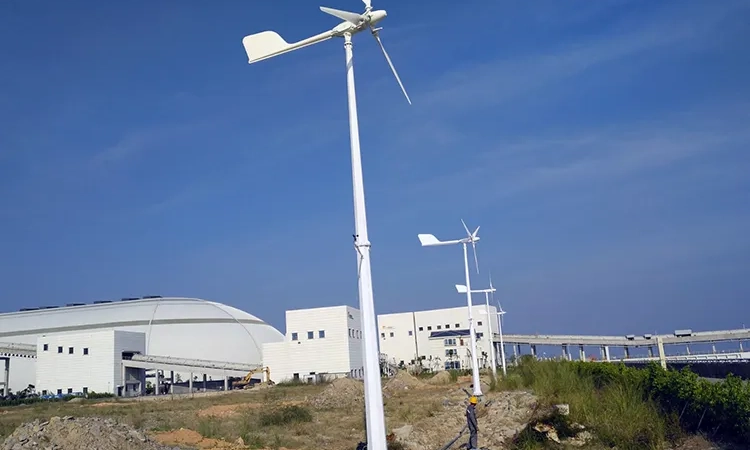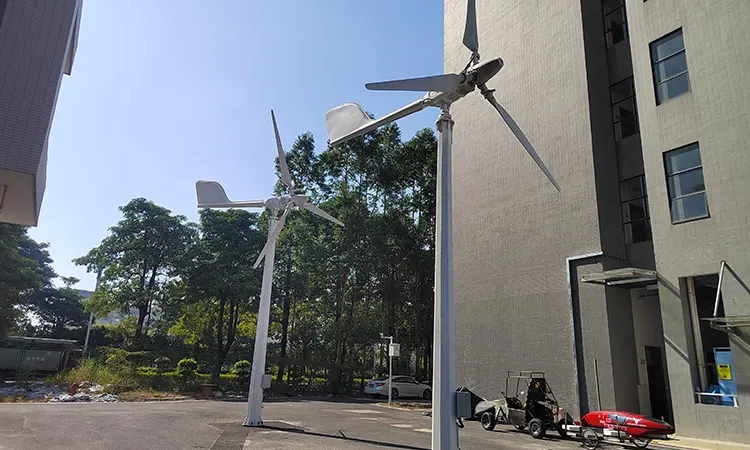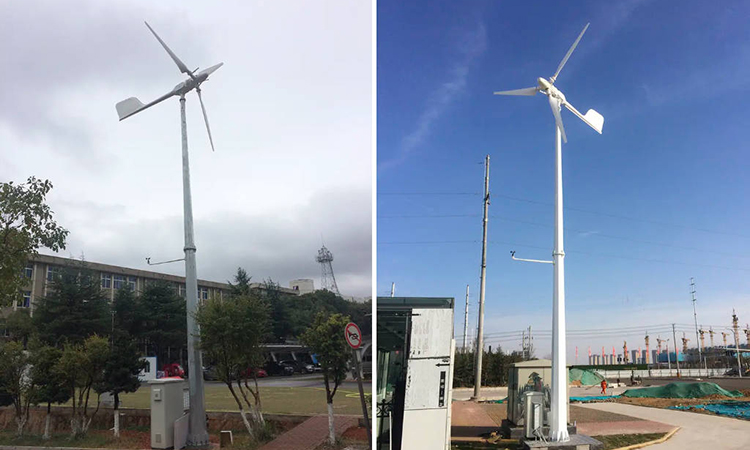
In an age defined by environmental challenges and the urgent need for energy transformation, wind turbines have emerged as a cornerstone of the global transition to clean energy. As a versatile, cost-effective, and rapidly evolving industry, wind power is not only mitigating climate change but also driving economic growth, energy independence, and international collaboration. This article explores how wind turbines are reshaping industries, economies, and ecosystems worldwide, offering unprecedented opportunities for global partners and investors.
Innovation at the Core: Engineering the Next Generation of Wind Technology
Larger, Smarter, More Efficient
Modern wind turbines are feats of engineering, with single units now capable of generating 15+ MW of power—enough to supply electricity to over 18,000 homes annually. Blades stretching up to 130 meters (longer than a soccer field) leverage advanced aerodynamics to capture stronger winds at greater heights, increasing energy output by 30–40% compared to earlier models. For offshore applications, floating turbine technology has unlocked deep-sea environments (over 60 meters in depth), expanding viable installation sites by 65% and tapping into previously untapped energy reserves.
Digitalization and Reliability
Hydrogen and Hybrid Systems:

Hydrogen and Hybrid Systems:
The cost of wind energy has plummeted over the past decade. Onshore turbines now cost an average of $500–$800 per kilowatt, with projects achieving 5–7 year payback periods in high-wind regions. Offshore projects, while requiring higher upfront investment ($1,800–$2,200 per kilowatt), offer stable returns over 20–25 years and align with global blue economy initiatives. In China, for example, wind power now costs less than $0.03 per kilowatt-hour in prime locations, competing directly with fossil fuels.
As the world’s largest producer and exporter of wind turbines, China accounts for 70% of global supply, with domestic manufacturers achieving 95% localization of core components. Companies like Goldwind and Mingyang Smart Energy have set industry benchmarks: the Goldwind 12 MW offshore turbine, deployed in European and Asian waters, generates 60+ GWh annually while reducing CO₂ emissions by 45,000 tons per year. Such scale and innovation make Chinese turbines a trusted choice for reliability and affordability.
Wind projects offer dual revenue streams through energy sales and carbon markets. A single 5 MW turbine avoids 12,000–15,000 tons of CO₂ emissions annually, translating to $180,000–$240,000 in carbon credits under the EU’s Emissions Trading System. Additionally, modern turbines are designed for 90% recyclability, with blades and components repurposed into construction materials or recycled metals, aligning with circular economy principles and ESG goals.

Carbon Credits and Circular Economies
Global Market Landscape: Opportunities Across Continents,The wind turbine industry is a truly global phenomenon, with demand surging in every region as nations strive to meet net-zero targets.
Europe: Leading Offshore Wind Expansion,

Brazil and Argentina are investing in wind power to diversify their energy mixes. Argentina’s Jujuy Wind Complex, a 1 GW project, will offset 1.5 million tons of CO₂ annually and reduce dependence on natural gas. These initiatives highlight wind power’s role in creating resilient, low-carbon economies across the region.
Why Partner with Chinese Wind LeadersChina’s leadership in wind technology is rooted in decades of R&D, manufacturing excellence, and a commitment to global sustainability. By collaborating with Chinese partners, international clients gain:
- Full-Spectrum Solutions: From site assessment to commissioning, Chinese companies offer turnkey projects supported by 24/7 technical support and long-term operation & maintenance services.
- Climate Leadership: Chinese turbines are designed to meet the world’s strictest environmental standards, with a proven track record in reducing carbon footprints and enhancing energy resilience.
- Strategic Partnerships: Through initiatives like the Belt and Road Initiative, Chinese firms have successfully delivered wind projects in over 60 countries, combining technical expertise with financial flexibility.
The wind turbine industry is more than a source of energy—it’s a catalyst for change. It offers nations the chance to achieve energy independence, drive economic growth. Whether you’re an investor, policymaker, or business seeking sustainable solutions, the time to engage is now.
As a global leader in wind technology, China invites partners worldwide to join this transformative journey. Together, we can harness the power of the wind to build a cleaner, more prosperous world—one where energy is sustainable, accessible, and a force for good.
Let the winds of progress fuel your vision!